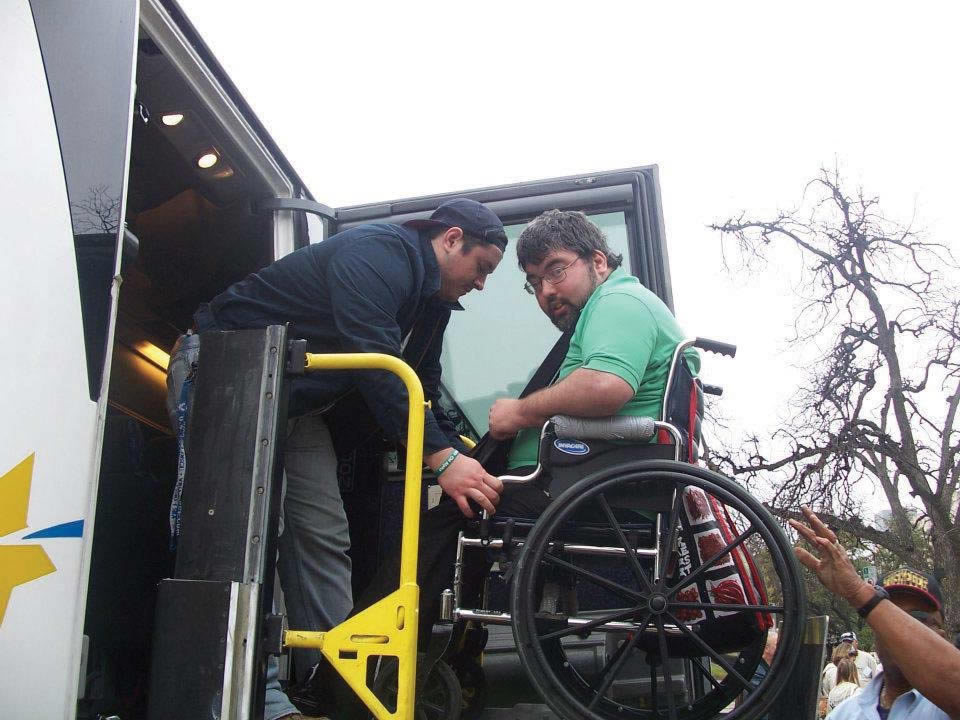Additional Information about traumatic brain injury (TBI):
- According to the Defense and Veterans Brain Injury Center (DVBIC), a TBI is a blow or jolt to the head that disrupts the function of the brain. Not all blows or jolts to the head result in a TBI. Severity of the TBI is determined at the time of the injury and may be classified as mild, moderate, severe or penetrating. The common causes of TBI in the military are blast exposures, bullets or fragments, falls and motor vehicle accidents.
- According to DVBIC, the common symptoms of mild TBI are physical: headache, sleep disturbances, dizziness, balance problems, nausea/vomiting, fatigue, visual disturbances, light sensitivity and ringing in the ears. The cognitive symptoms are: slowed thinking, poor concentration, memory problems and difficulty finding words. The emotional symptoms are: anxiety, depression, irritability and mood swings.
- According to the CDC (United States Centers for Disease Control and Prevention), Traumatic brain injury (TBI) is a serious public health problem in the United States. Each year, traumatic brain injuries contribute to a substantial number of deaths and cases of permanent disability. Recent data shows that, on average, approximately 1.7 million people sustain a traumatic brain injury annually. 50,000 people die from TBI each year and 85,000 people suffer long term disabilities. In the U.S., more than 5.3 million people live with disabilities caused by TBI. Patients admitted to a hospital for TBI are included in this count, while those treated in an emergency room or doctor’s office are not counted.
- According to the CDC, a TBI is caused by a bump, blow or jolt to the head or a penetrating head injury that disrupts the normal function of the brain. Not all blows or jolts to the head result in a TBI. The severity of a TBI may range from “mild,” i.e., a brief change in mental status or consciousness to “severe,” i.e., an extended period of unconsciousness or amnesia after the injury. The majority of TBIs that occur each year are concussions or other forms of mild TBI.
- According to the CDC, the causes of TBI are diverse. The top three causes are car accidents, firearms and falls. Firearm injuries are often fatal: nine out of 10 people die from their injuries. Young adults and the elderly are the age groups at highest risk for TBI. Prevention of TBI is the best approach since there is no cure.
- According to the United States Government Accountability Office, TBI “has emerged as a leading injury among service members” serving in Iraq and Afghanistan. Though it’s hard to know the total number of soldiers currently dealing with TBIs, RAND Corporation’s report, Invisible Wounds of War, suggests that approximately 320,000 soldiers have experienced a TBI during deployment since October 2001. Breaking that number down, it’s possible that as many as 40,000 U.S. service members have sustained severe brain injuries while deployed. Apparently, improvised explosive devices (IEDs), which military members are commonly exposed to during combat, are largely to blame for the increase in TBIs. RAND Corporation is a non-profit organization that offers research and analysis to the U.S. armed forces.
Some resources include:
Defense and Veterans Brain Injury Center
http://www.dvbic.org/ or (800) 870-9244
Centers for Disease Control and Prevention
(800) CDC-INFO or (800) 232-4636, TTY: (888) 232-6348
http://www.cdc.gov/TraumaticBrainInjury/
Pages: 1 2










